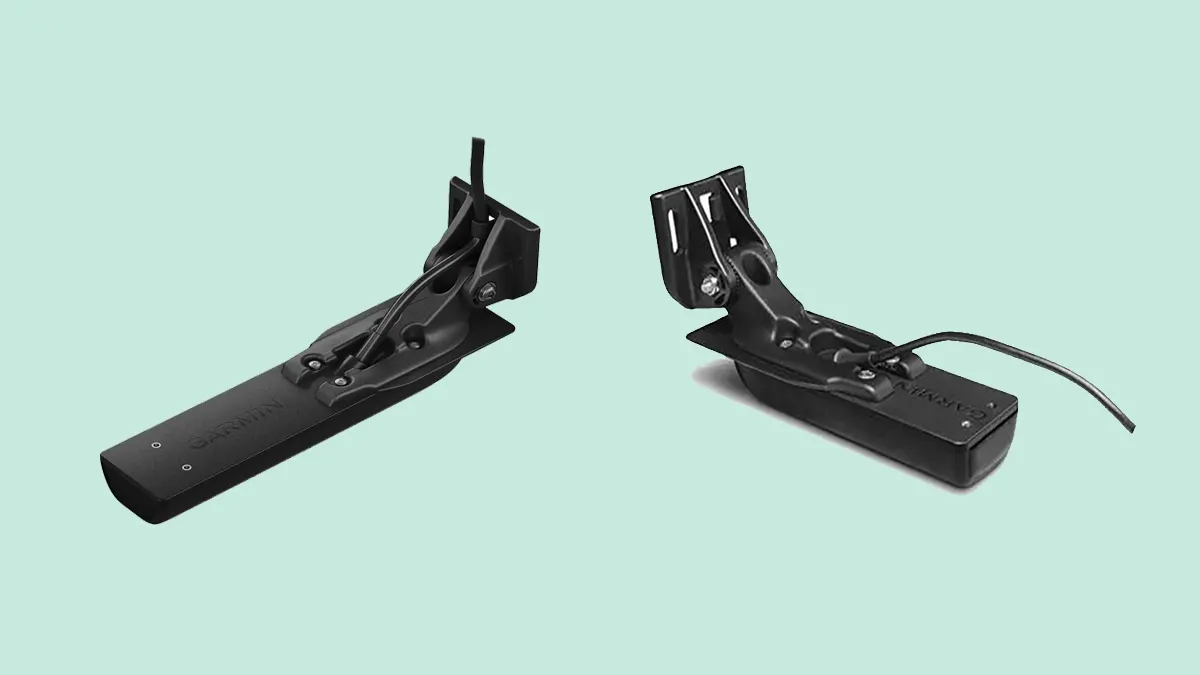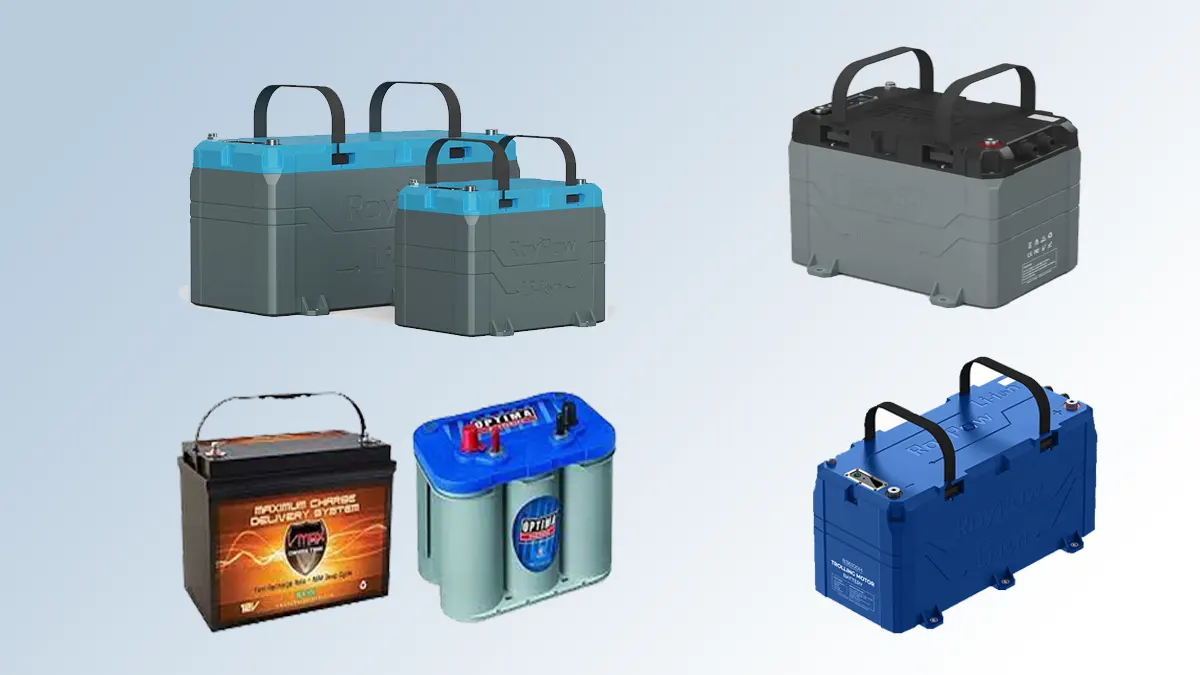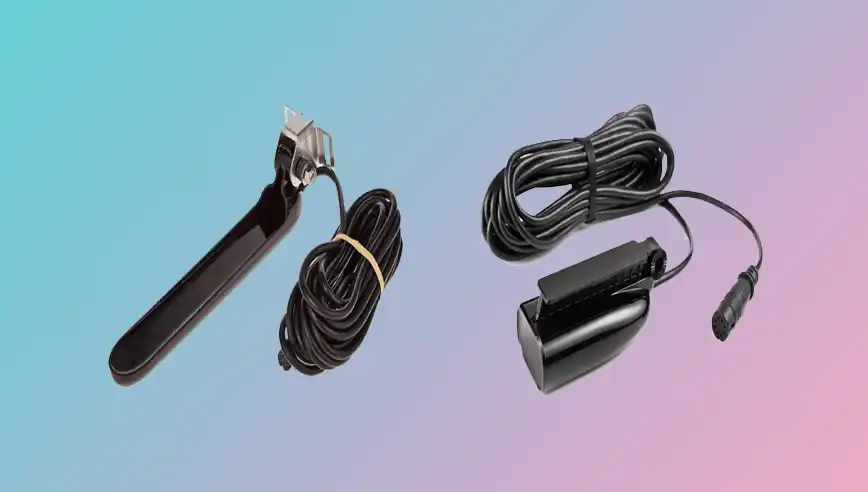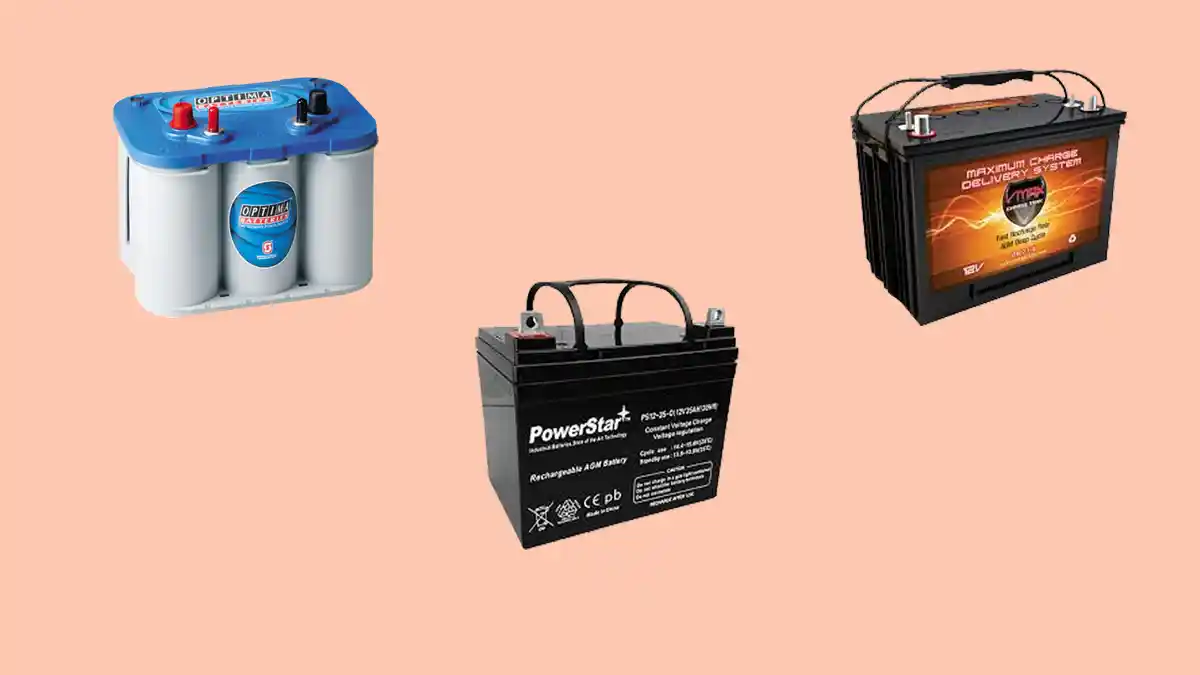Transducers are devices that help us hear and send out sound waves underwater. They have a special part that converts electrical signals into sound waves when we want to send them out, and it does the opposite when we want to listen to sounds. These sound waves go into the water and bounce off different things like fish, rocks, or the bottom of the sea. Fish finders use these echoes that come back to figure out where things are, how deep they are, and how big they might be.
If you want to get the best performance out of your Garmin 1243xsv fish finder, it’s important to pick the right transducer. A transducer made specifically for your fish finder model ensures it works well together and makes the sonar signals more accurate and clearer. With the right transducer, you can see fish, underwater structures, and features with detailed and precise images. This gives you a big advantage when you’re out on the water.
Choosing a high-quality transducer is important because it helps interpret sonar signals accurately and gives you clear pictures of what’s underwater. This article looks at some of the best transducer for Garmin 1243xsv. This will help you make smart decisions for your fishing trips.
Types of Transducers:
Several types of transducers are available, each utilizing different technologies to deliver distinct benefits. Let’s explore the most common transducer technologies:
Traditional Transducers:
Traditional transducers are designed to operate at a single frequency and are well-suited for various fishing purposes. They have impressive depth capabilities and effectively detect fish arches. While more advanced transducer options may offer greater detail, conventional transducers adequately meet the needs of anglers.
CHIRP Transducers:
CHIRP transducers are highly regarded for their exceptional target separation and precise imaging. These transducers emit a continuous range of frequencies, providing a wider spectrum of information. This technology significantly improves fish detection, offering an accurate portrayal of the underwater environment, including identifying smaller fish and achieving better target separation.
Down Imaging Transducers:
Downward Imaging transducers utilize high-frequency sonar beams to create highly detailed images directly beneath the watercraft. They excel at revealing intricate underwater structures, vegetation, and submerged objects. By employing Downward Imaging technology, anglers can comprehensively understand underwater topography.
Side Imaging Transducers:
Side Imaging transducers emit high-frequency sonar beams to the sides of the watercraft, covering a wide area. This innovative technology generates detailed side-view images of the underwater landscape, enabling the identification of fish, structures, and potential fishing spots beyond the boat’s path. Side Imaging is particularly advantageous for locating fish in expansive areas and providing a broader perspective of the underwater world.
Factors to Consider When Choosing a Transducer:
When evaluating transducer options for your Garmin 1243xsv, consider the following factors to make an informed decision:
Frequency Range:
When assessing the quality and clarity of sonar signals, the range of frequencies involved plays a vital role. If you want to explore deeper depths in water, lower frequencies are the way to go. On the other hand, higher frequencies are better suited for navigating shallower waters as they provide improved resolution.
Cone Angle:
The coverage area beneath your boat is determined by the angle of the cone-shaped beam emitted by the transducer. Wider cone angles cover larger surface areas but sacrifice some finer details in the process. Conversely, narrower cone angles offer more focused and detailed imaging, albeit with a smaller coverage area.
Mounting Options:
When it comes to mounting the transducer, you have two primary options: transom or through-hull. The choice you make depends on your boat’s design and personal preferences. It’s crucial to ensure that the mounting option you select aligns with the specific requirements of your boat.
Depth Capability:
To effectively meet your fishing needs, it’s important to consider the maximum depth capability of the transducer. If you plan to fish in deeper waters, you may need a transducer with a higher frequency range. This enables it to detect and display information from greater depths accurately.
Transducer Material:
Transducers are available in various materials, such as stainless steel and plastic. When choosing a material, it’s essential to consider your boating environment and select one suitable for durability and longevity.
Installation and Maintenance Tips:
Proper installation and maintenance of your transducer are essential for optimal performance and longevity. Follow these tips to ensure a successful installation:
- Carefully read the installation instructions provided by the transducer manufacturer.
- Ensure the transducer is correctly mounted and aligned, following the guidelines specific to your boat.
- Regularly clean the transducer to prevent the buildup of algae, debris, or marine growth.
- Inspect the transducer regularly for any damage or wear and replace it if necessary.
- Perform software updates for your Garmin 1243xsv fish finder to maximize compatibility with the transducer.
Frequently Asked Questions
Can I use any transducer with the Garmin 1243xsv?
Yes. The Garmin 1243xsv is designed to work with various transducers, allowing you to select the one that fits your requirements and personal preferences. Its adaptability ensures smooth integration, resulting in excellent performance and an improved fishing journey.




